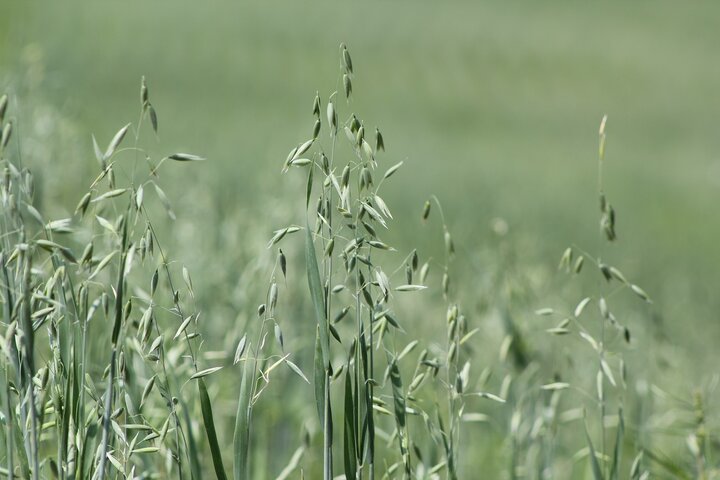While we are still early in the new year, it is time to start planning and thinking about any spring annual forages that we might plant. Part of the process may be anticipating a need for extra feed or booking seed early for possible discounts.
For spring or cool-season annual forages, the planting period is typically late March to early April, or when soil temperatures are in the 42 to 45 degree Fahrenheit range. Oats is probably the most common cool-season annual forage planted in Nebraska. However, spring triticale or spring barley are two other small grain options that have been found to perform similarly to oats in terms of forage yield and quality.
Also similar is the number of days until ready to begin grazing or hay; so, the different species could be mixed if desired. One could look at seed cost of the different species before making a decision. With the early spring planting date of the cool-season annuals, grazing can typically begin around the 3rd or 4th week of May and last into early July. Haying usually take place around the 3rd week of June.
If grazing is a primary goal, Italian ryegrass could be included in a mix with the cereal grains and this will result in a longer grazing period. Field peas are another species that could be included to enhance forage quality and provide some nitrogen fixation.
Don’t forget to consider the herbicides that may have been used on a field the previous year. Some herbicides have long residuals that could hinder establishment even into this spring.
Interviews with the authors of BeefWatch newsletter articles become available throughout the month of publication and are accessible at https://go.unl.edu/podcast.

